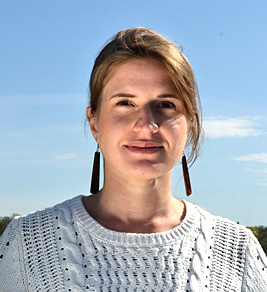This working paper presents the results of a survey on the use of Integrated Urban Models in the Nordic countries carried out by Nordregio’s researchers (with preparatory support from WSP Analysis and Strategy). It reveals that the use of models is limited in the Nordic countries and provides an account of the underlying reasons why, despite the potential benefits they offer, models aren’t more widely used.
Integrated urban models (IUMs) can help us gain a better understanding of urban dynamics by creating simplified future scenarios that can be manipulated through simulation. They enable virtual experimentation, allowing the potential impact of new infrastructure, technologies or policies to be determined, which can support strategic planning. Models can also act as powerful tools for facilitating participatory, collaborative decision-making. The visual outputs provide a series of “what if” scenarios, dependant on the strategic policy decisions that are made.
The aim of the survey was to learn more about the use of integrated urban modelling tools by Nordic authorities through the following questions:
- To what extent are integrated urban models being used by Nordic planning authorities?
- What are the basic technical details of the models being used?
- How are these models developed, implemented and used as planning support systems?
The survey revealed that only six out of the 50 responding local and regional authorities use truly integrated models, by which we mean models that provide urban development forecasts dependent on chosen planning strategies integrating multiple environmental, social and economic variables. Simpler models focusing on single sets of data and GIS-based models are however used by the vast majority of respondents.
The low number of users of integrated models appears to be due to a lack of awareness of their uses and benefits, which makes it important that new information be communicated to planners and policymakers efficiently. Additional factors acting as barriers to the use of integrated models are the lack of in house expertise in these oftentimes complex models, their high costs, the small size of many municipalities and the lack of access to necessary data.
Analysis of the responses did however point to a high degree of collaboration when it comes to the development and implementation of models, both between municipalities and between municipalities and regional authorities. This offers the potential of viewing models as a means to further cooperation across administrative borders around a future planning project. Indeed, this would tap into the models’ most important contribution: the provision of visual representations of alternative planning strategies. These maps can then be used as a basis for discussion and decision-making with involved stakeholders and devising planning strategies that integrate multiple variables.



